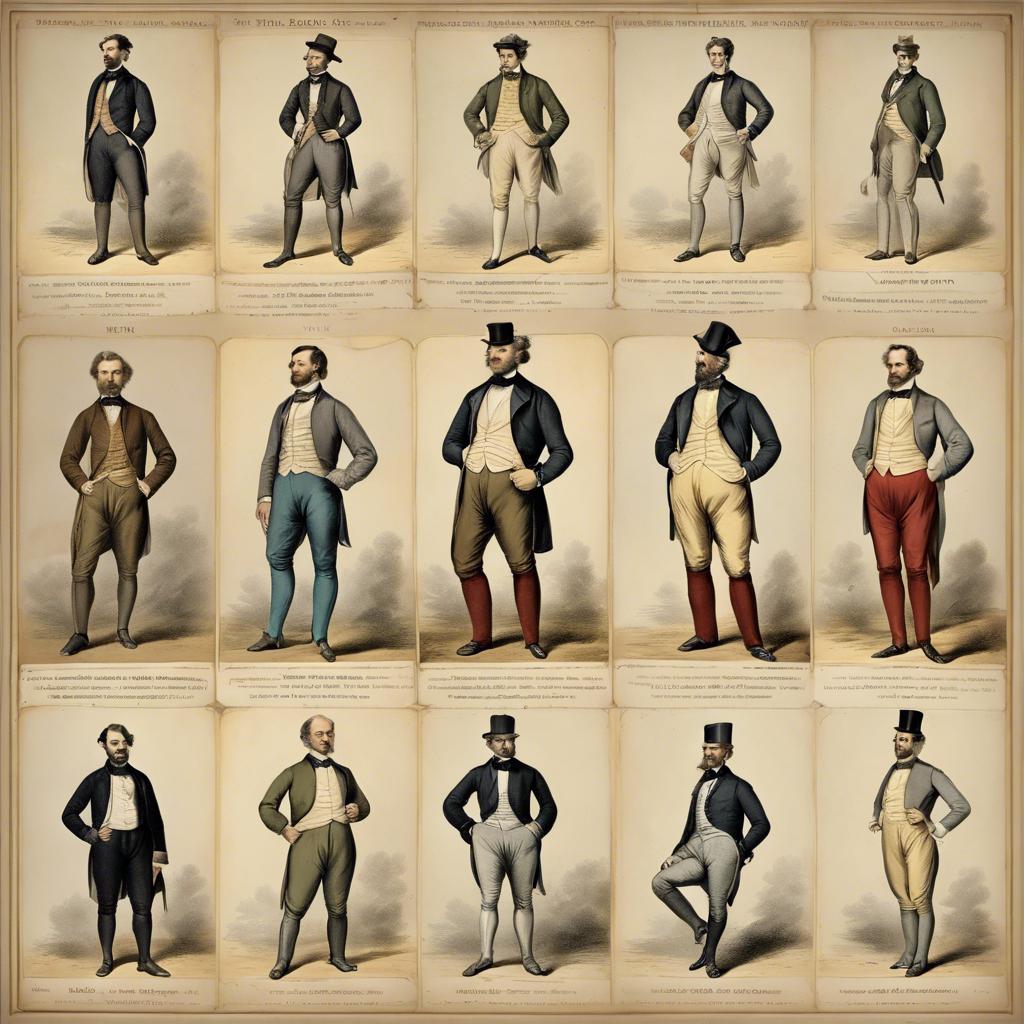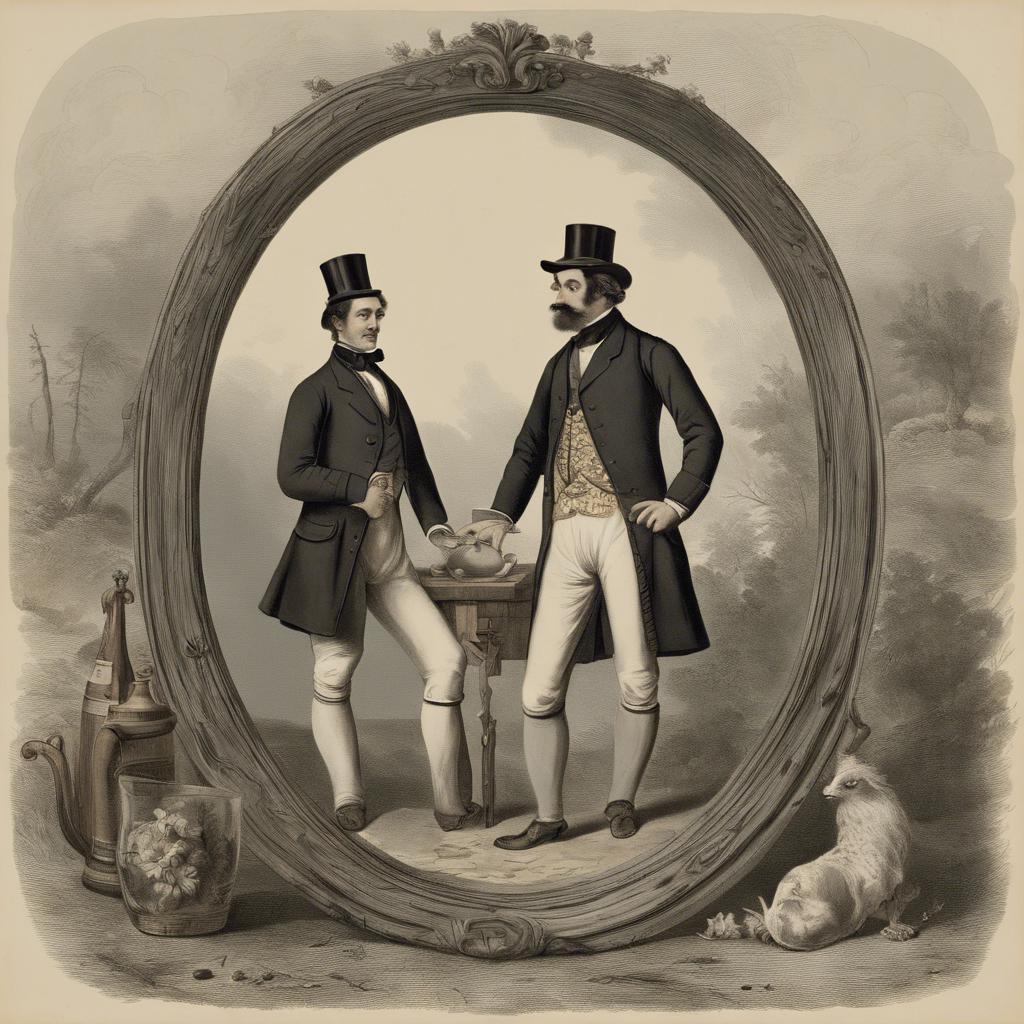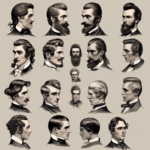During the elegant and refined fashion of the 1800s, one garment stood out as both stylish and practical: the pantaloons. Worn by both men and women, pantaloons were a key component of the fashionable attire of the era. This article explores the history and significance of pantaloons in the 1800s, shedding light on their cultural and sartorial importance during this pivotal period in fashion history.
Step Into the World of Cheryl Bolen
Dive into the enchanting stories of love, intrigue, and elegance set in the Regency Era. Cheryl Bolen's novels offer timeless romance and captivating tales that will leave you wanting more.
Explore Cheryl Bolen's Books Now
– The Evolution of Pantaloons in the 1800s: A Comprehensive Overview
In the early 1800s, pantaloons emerged as a popular choice for men’s lower body clothing. These tight-fitting trousers, which extended from the waist to the ankles, were typically made of lightweight fabrics such as cotton or linen. Pantaloons were often worn with long coats and top hats, creating a fashionable and sophisticated look for gentlemen of the time.
As the century progressed, pantaloons underwent several changes in style and design. By the mid-1800s, the introduction of the peg-top pantaloon brought a more relaxed and comfortable fit to men’s fashion. This style featured a high waist and loose-fitting legs, providing ease of movement without sacrificing elegance. Additionally, pantaloons with side stripes or decorative buttons became increasingly popular, adding a touch of flair to the traditional garment.
By the late 1800s, pantaloons had evolved into a versatile wardrobe staple for men of all social classes. Whether for formal occasions or everyday wear, these trousers remained a symbol of sophistication and style. The variety of fabrics, colors, and patterns available allowed individuals to express their personality through their choice of pantaloons, making them a timeless and beloved piece of men’s fashion history.
– Fabric Choices and Design Features in 19th Century Pantaloons
In the 19th century, pantaloons were a popular choice for men’s fashion, providing a stylish and comfortable option for everyday wear. When it came to fabric choices, there were several options available that influenced the overall look and feel of the garment. Some common fabrics used in pantaloons during this time period included:
- Cotton: Cotton was a popular choice for pantaloons due to its breathability and lightweight feel, making it ideal for warmer weather.
- Wool: Wool was another frequently used fabric, especially in colder climates, as it provided warmth and durability.
- Linen: Linen was a favored option for its crisp appearance and ability to keep the wearer cool in the heat.
Design features also played a significant role in the construction of pantaloons in the 1800s. These design elements added both style and functionality to the garment, ensuring that they were not only fashionable but also practical for everyday wear. Some key design features of 19th-century pantaloons included:
- Elasticated waistbands: Elasticated waistbands were often used to provide a comfortable and adjustable fit for the wearer.
- Button closures: Button closures were commonly seen on pantaloons, allowing for easy removal and added detail to the garment.
- Tapered legs: Pantaloons typically had tapered legs that ended at the ankle, creating a sleek and refined silhouette.
the fabric choices and design features of 19th-century pantaloons reflected the style and practicality of the era. From the selection of fabrics to the thoughtful design elements, pantaloons were a staple in men’s fashion during this time period, showcasing both elegance and functionality in one garment.
– Practical Tips for Replicating Authentic 1800s Pantaloons
To replicate authentic 1800s pantaloons, it’s essential to pay attention to the details that make this garment unique. Start by selecting the right fabric, such as lightweight cotton or linen, to ensure breathability and comfort. Consider using patterns from the era to achieve the correct silhouette and design. Remember, accuracy is key when recreating historical fashion.
When constructing your pantaloons, pay close attention to the construction techniques used in the 1800s. Opt for hand-sewing methods, as machine sewing was not commonly used during this time period. Utilize French seams for a neat finish and consider adding tucks or pleats for added authenticity. Taking the time to hand-sew your pantaloons will result in a truly vintage look.
Accessories are an important part of completing the 1800s pantaloons ensemble. Consider adding a decorative waistband with buttons or ribbon ties. To achieve the correct fit, add a drawstring or adjustable waistband. Pair your pantaloons with historically accurate footwear, such as lace-up boots or delicate slippers. By paying attention to all the details, you can truly embody the fashion of the 1800s.
In Summary
the pantaloons of the 1800s played a significant role in shaping fashion and culture during this period. From their origins as military uniform to their incorporation into everyday attire, pantaloons reflected the societal norms and aspirations of the time. As we look back on this iconic garment, we are reminded of the intricacies of historical fashion and the lasting impact it has on our modern wardrobe. The evolution of pantaloons serves as a reminder of the rich history and artistry that continues to inspire and influence the world of fashion today.


